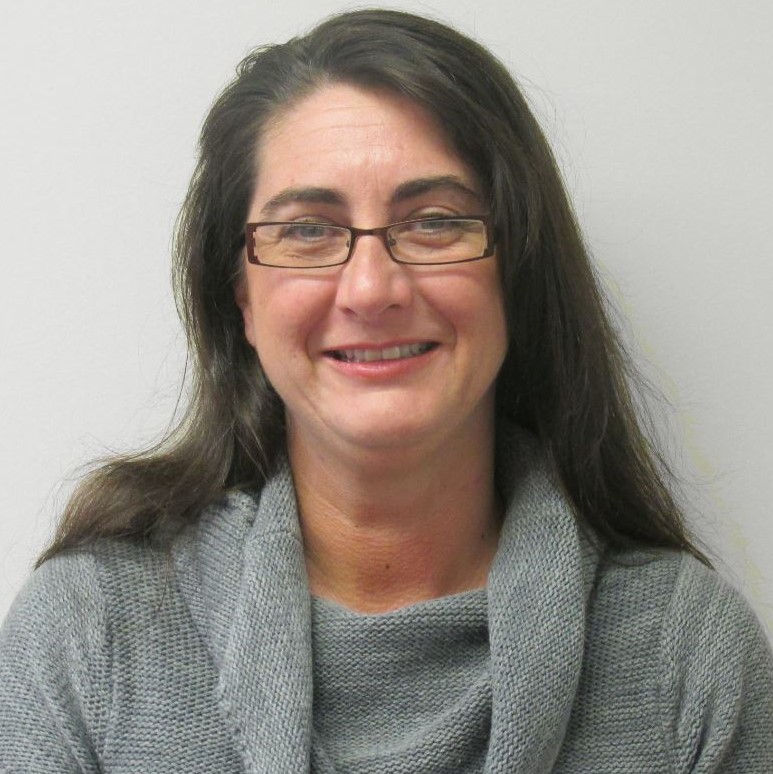Wow — that’s a lot to process! Let’s break it down a bit.
Importance of devices
The use of the monitoring devices in the patient’s own home is key for the ongoing management of health. Patients are able to see, track and relate their physical responses to what they are actually doing. In other words, a jump in blood pressure could be linked to the patient’s toilet over-flowing and having to rush around to fix the plumbing issue.
Because this monitoring occurs in the home, the information obtained is more pertinent and indicative of the patient’s day-to-day life. Monitoring blood pressure and weight in the doctor’s office can be less than informative due to the simple process of the patient getting to the doctor’s office. Did they have to take public transportation? Did they have to walk any distance to get there? How cold was it? How many layers of clothes did the patient have to put on? All of these things will have an effect on the patient’s vital signs.
Acess to a record of day-to-day vital signs helps health care providers prescribe medications more accurately and appropriately.
Progress seen
Our North East Local Health Integration Network (LHIN ) started a telehomecare program in 2012 as one of the early adopter LHINs. I’ve been with the program since the beginning — so this makes me a veteran of the program and means I’m called a Telehomecare Veteran Nurse.
This has given me a front row seat to the roller coaster ride of remote monitoring. Initially, primary care providers were very reluctant to refer their patients to a program in which the nurse would monitor patients’ conditions remotely. Technology was still viewed as somewhat unreliable in the beginning and “hands on care” was deemed the best and only method of care.
Time has progressed and more and more primary care providers are enrolling patients into telehomecare. Now, these providers are looking for more ways to interface with and monitor their patients remotely. Not only have many of their patients talked about how programs like telehomecare have helped them learn to self-manage their chronic conditions from home, but research and statistics gathered also show it is making a difference.
Statistics gathered on the North East LHIN’s telehomecare program have shown an approximate 80 per cent decrease in emergency department visits by patients using the program and a
reduction of hospital admissions of about 78 per cent. New coping skills remain in place after the patient has completed their three-month program, with hospital admissions remaining lower for telehomecare participants. About 93 per cent of patients continue on after the program to manage their own diseases.
Should remote monitoring equipment be used more frequently to treat patients?
Absolutely! Health care has taken a dramatic turn in the last 20 years from “I do this because the doctor said so” mentality to an “I asked my doctor for more information or some tests.” Patients are becoming more proactive in their care and remote monitoring gives them the tools, support and education to work with their health care team.
So do you know someone that might need remote monitoring or education? Do you have any questions? Concerns?
Contact Ontariotelehomecare.ca for more information or if you live in the North East region of Ontario call 310-2222.
Have a comment about this post? We’d love to hear from you.




